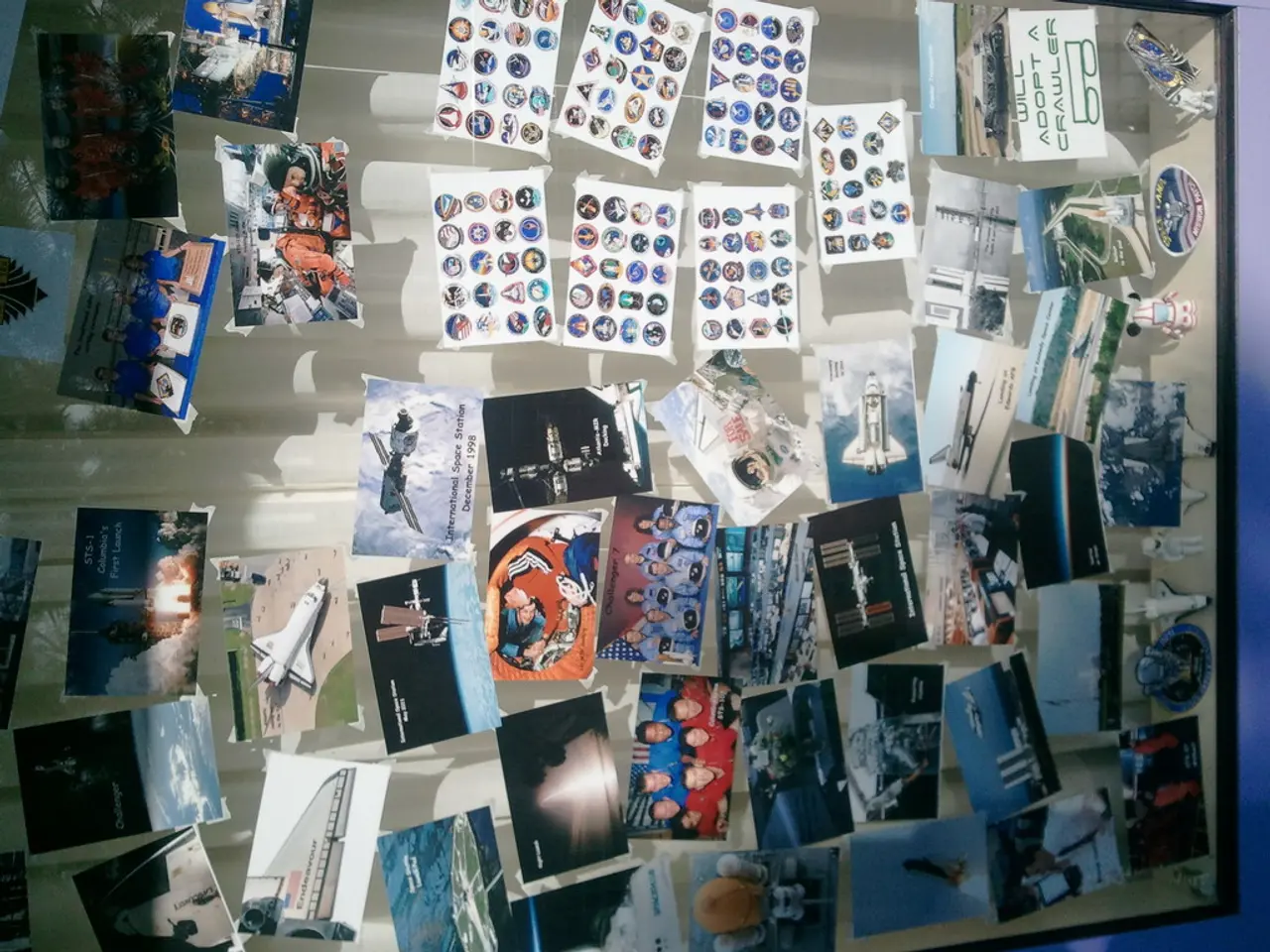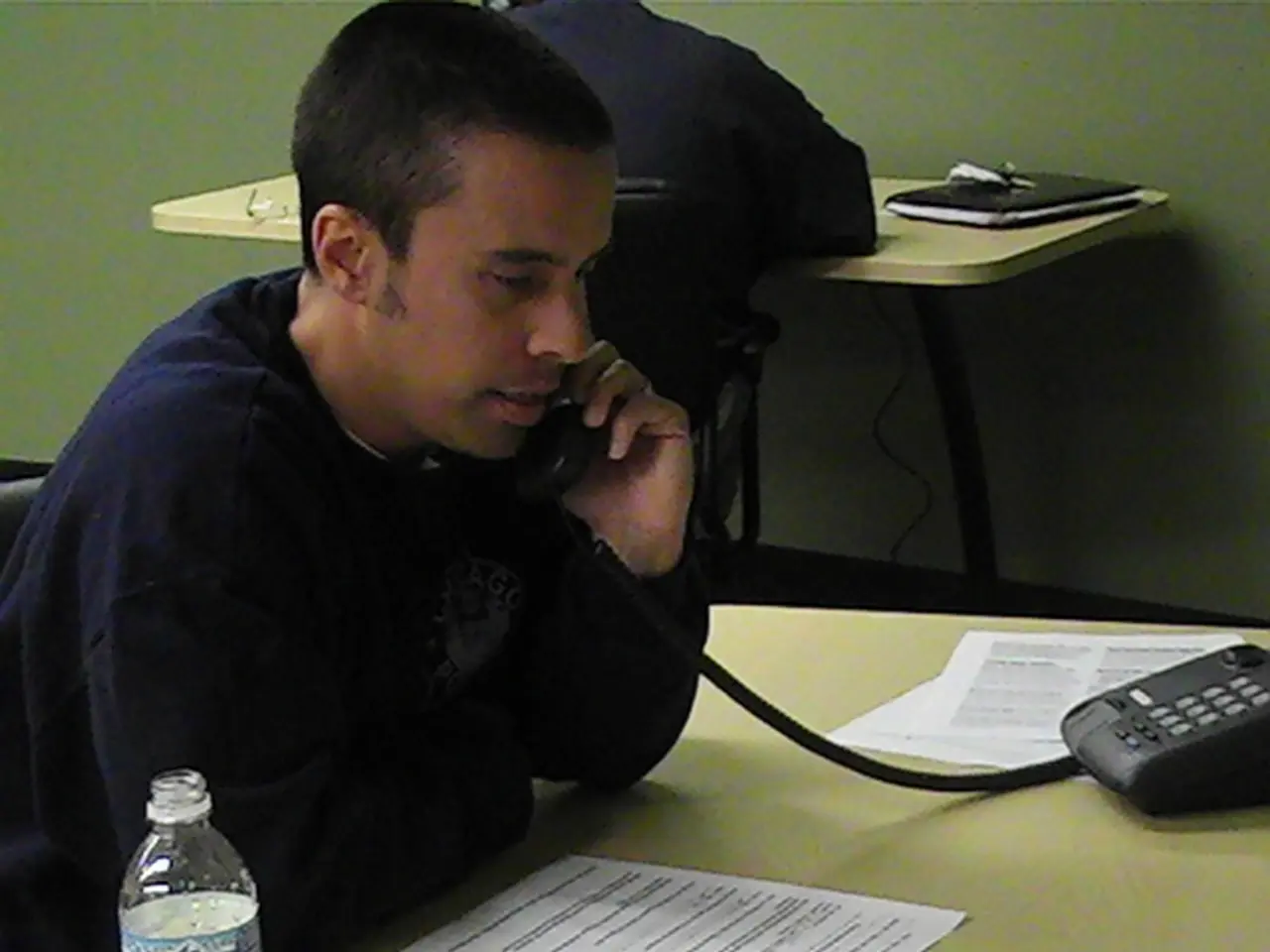Unintended glass shattering: determining factors and internal tension's impact
Tempered glass, a type of safety glass commonly used in various applications, can sometimes shatter unexpectedly, posing potential risks. This article explores the common causes of spontaneous breakage in tempered glass and offers tips for prevention.
One of the primary internal causes of spontaneous breakage is the presence of nickel sulfide inclusions inside the glass. These microscopic impurities can expand over time or when heated, causing internal stress that leads the glass to shatter without any apparent external impact.
The tempering process itself also induces stresses within the glass, making it more sensitive to fracture initiation points like scratches or inclusions. Slight disturbances in this stress balance can cause sudden breakage.
Minor chips, scratches, or flaws on the glass surface may weaken it enough that routine stresses cause breakage. Although tempered glass resists impacts better than annealed glass, repeated or small impacts that are not visible can create critical weak zones for spontaneous failure.
Sudden or extreme temperature changes can create thermal stresses, exacerbating internal strain. This can lead to spontaneous breakage, especially if combined with pre-existing defects or impurities in the glass.
Improper installation, such as uneven mounting, flexing, or external frame pressure, can impose stresses that trigger breakage in tempered glass. These stresses may remain unnoticed until they cause sudden failure.
In summary, spontaneous breakage of tempered glass mainly occurs due to internal impurities like nickel sulfide inclusions and the stress profile created by tempering, often triggered or accelerated by minor impacts, thermal changes, or installation flaws.
Common external causes like collisions, weather, or debris typically lead to breakage with visible impact damage rather than spontaneous failure.
To prevent spontaneous breakage, carefully inspecting glass edges for chips or flaws before installation is crucial. Applying safety films to vulnerable areas such as car windows or large household panes can provide an additional layer of protection. Ensuring installers leave sufficient clearance in frames and avoid over-tightening helps reduce the risk of internal stress buildup.
Watching for early warning signs such as warping, rainbow-like patterns, or unusual creaking sounds can indicate stress in the glass and should be addressed promptly. Using glass products from certified and reputable manufacturers can help prevent spontaneous glass breakage.
Despite being designed as safe, tempered glass can still cause harm, especially in confined spaces or at close range. The broken fragments of tempered glass can be harmful, particularly if they have sharp edges or if the breakage projects shards outward with force. However, tempered glass is designed to shatter into small, rounded particles, similar in size to corn kernels, to reduce the risk of injury.
This incident involved safety glass, which is designed to reduce injury during breakage. The issue usually occurs with tempered glass, a type of safety glass used in car windows, large household panels, and shower enclosures.
In conclusion, while tempered glass is a valuable safety feature in many applications, it is essential to understand its potential for spontaneous breakage and take necessary precautions to prevent it. By following best practices in installation, maintenance, and selection of glass products, we can significantly reduce the risks associated with this type of safety glass.
- Medical-conditions related to the eyes could be aggravated by the small, sharp fragments of tempered glass that break due to spontaneous failure, potentially causing injury.
- In the realm of health and wellness, understanding the causes of spontaneous breakage in tempered glass, such as the presence of nickel sulfide inclusions and stress profile created by tempering, helps to minimize risks and ensure proper safety practices are implemented in its use, especially in applications like cars, houses, and shower enclosures, which fall under the domain of space and astronomy as they are part of our everyday life and environment.




